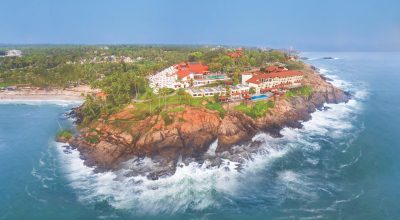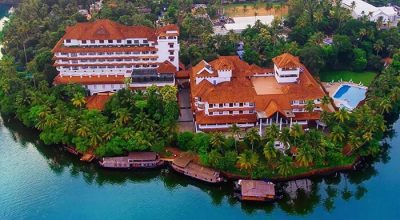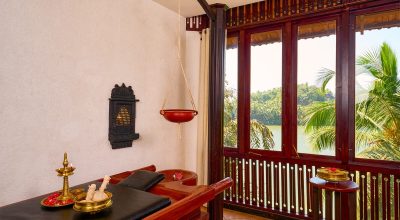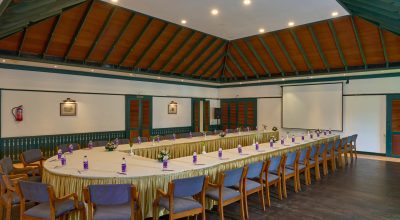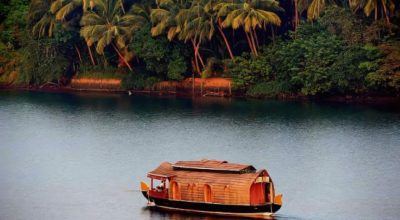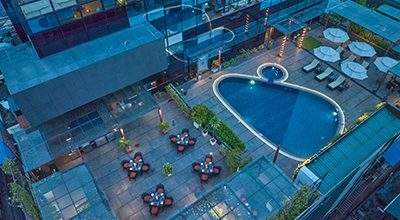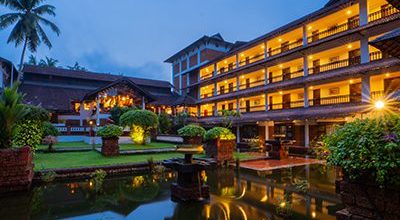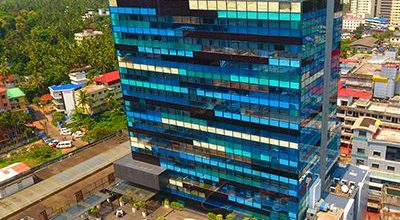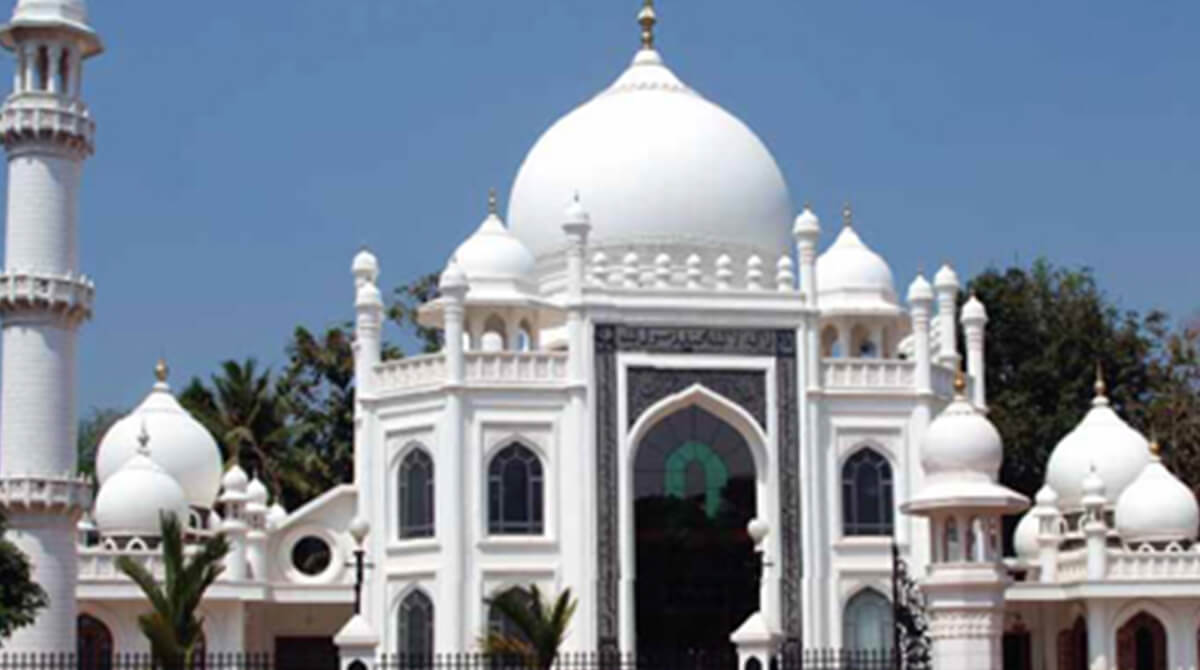Blue skies, azure seas, serene backwaters, emerald vegetation all add to the mystic of Kollam, a land peppered by ancient Hindu temples, mystical churches and mosques, and a hospitality industry that’s always in top gear to pamper the thousands of travelers who throng Kollam and its surrounding Ashtamudi Lake every year.
The beauty and serenity surrounding the Ashtamudi Lake have inspired many a poet and artist in an attempt to capture its essence. But don’t take their word for it, as nothing can make up for going and seeing it for yourself. The placid waters, the verdant green surroundings and the deep silence and stillness felt there is only broken by birdsong or the sudden chatter of startled water birds as they take to the skies. The coconut groves and swaying palm trees all add to the beauty of the peaceful surroundings as the water gently laps on the sides of the banks.
The historical port city of Kollam, located in southern Kerala state, is based on the right side of the lake and bears testimony to visits from travelers from the Arabian Peninsula, the cradle of Islam, from as far back as the times of Prophet Mohammed. Early travelers from Portugal, Netherlands, and Britain as well as China from south-eastern Asia also left their stamp on the culture and religion of the people of Kerala, a state in southern India. Trade was a major factor in bringing Christianity and Islam to Kollam, and Kerala as a whole. The main religions found here are Hinduism, Christianity, and Islam, and all are found to live in harmony and mutual respect, unlike in the northern provinces of India. There are locations where churches, mosques, as well as temples, share the same small neighborhood, yet they are able to coexist in harmony, a testimony to the peaceful nature of the inhabitants of Kerala.
History has it that a Chera King from Kerala converted to Islam and visited Mecca; on his return trip, he was accompanied by many Islamic religious leaders who eventually settled down in Kodungallur, and built their first mosque in Kerala. Although the mosque has been renovated repeatedly to preserve it, traces of the original architectural design can still be seen in the forms of the plinth, the columns and the roof, which are all in the traditional design of Hindu temples of that era. By the twelfth century AD, there were at least ten Muslim settlements starting from Kollam in the south and Mangalore in the northern part of Kerala. This was due to the accommodating and permissive cultural set-up of the people of Kerala. Their primacy in trade as well as experience of the sea made these Muslims a prominent class and dear to the rulers of that bygone era.
The construction of mosques was done mainly by Hindu artisans under the supervision of Muslim religious heads and is one of the reasons why earlier mosques weren’t of the Arabic style. In the eighteenth century, Hyder Ali and Tipu Sultan are credited to have introduced the Arabic style of mosque building to Kerala, where a large number of temples were converted into mosques.
The general plan of the mosque included a large prayer hall, a mihrab facing Mecca and a covered verandah running around the entire structure. The basement is generally tall, similar to the Brahmanical temples and the columns have a square or octagonal section, as seen in Hindu temple pillars. The pulpit in the mosque has amazing wooden carvings. As Kerala is blessed with abundant forests, wood is used extensively for the construction of the ceiling and roof. It’s covered with plates of copper in many cases to protect it from the heavy monsoons experienced in this area. Some of the earlier mosques also have finials along the roof, while the Jama Masjid mosque at Tan ur even has an entrance gate designed in the typical way of Kerala Hindu temples. The Cheraman Mosque, which is the world’s second and the sub-continents first mosque, was initially built in the traditional Kerala style. It has recently been renovated to give it the Arabic touch.
The unique combination of the simple and austere Arabic tradition with the indigenous elaborate construction techniques of Kerala gave rise to a style not seen anywhere else in the world. These architectural features are however now in the process of being replaced by Islamic architecture and domes and minarets are now the norm of the day for new mosques.
One of the oldest and most important mosques here is the Chinnakkada Palli. Other important Mosques in and around Ashtamudi include Valiyapalli, Juma-atrh-palli, Jumma-ath_masjid, Muslim jumma-ath-palli, Kalamala palli, Muthirapparambu palli and Siyavathummodu palli.
These cultural and religious symbols add to the beauty of Ashtamudi and the district of Kollam. Kollam is well connected by road, rail and air and easy to get to by the inquisitive traveler. Trivandrum airport is located about a 70km scenic drive away while the railways connect Kollam to other cities at the Kollam Junction railway station. The NH 47 highway offers road access to Kollam, so all a traveler has to do is fix the date to enjoy all the cultural beauty on offer.

